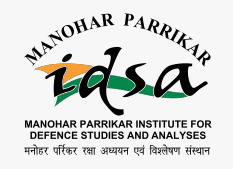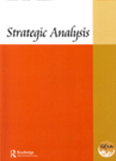The Creation of Indian Integrated Commands: Organisational Learning and the Andaman and Nicobar Command
India took an unprecedented step 10 years ago by setting up a joint theatre operational command for the Andaman and Nicobar Islands (ANC). This article seeks to examine the following questions: why did India decide to establish its first joint operational command? Why has the creation of this and other unified commands been so incremental in the Indian context? What are the arguments for and against jointness, integration and joint operational commands in the Indian context?
- Patrick C. Bratton |
- May 2012 |




